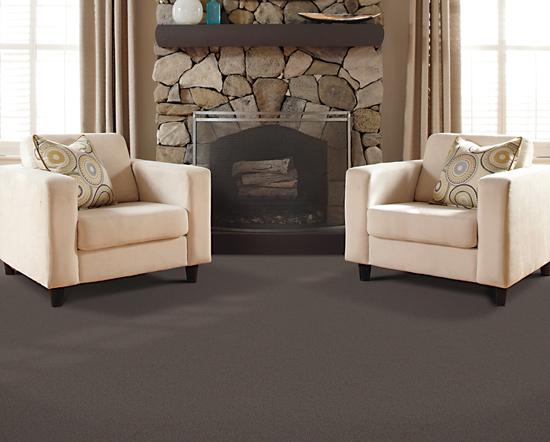Survey 2013: What the Retailers Think - July 2013
By Darius Helm
This year, retailers from across the country are by and large reporting a significant improvement in conditions. In this year’s survey, just about every indicator of business health is pointing upward. Independent flooring retailers still face significant problems, like weak margins and competition from big boxes and the Internet, but the fundamentals of the business are strong and prospects seem good.
It’s been seven years since the housing market began its reversal. Since then, it’s been a huge struggle in the flooring retailer business. Many smaller dealers went under or sold operations they had nurtured for years for pennies on the dollar. Some larger chains fell apart. In the aftermath, a leaner, more resolute community of dealers emerged, and it’s clear from the survey responses that they’ve also become more sophisticated in their thinking—with targeted marketing through a wider range of media, an improved understanding of how to communicate the value of service, expertise and maintenance, a bolder approach to diversification, and a more complete embrace of the Internet for B2B and B2C functions.
However, while business conditions are the most stable they’ve been in about a decade—the housing boom that emerged after the 2001-2002 recession may have been lucrative but it was far from stable—and while battle-hardened dealers have honed their businesses to maximize efficiency, the fierce competition of the last few years has done its fair share of damage.
Diversification, for instance, while a potential lifeline to a dealer, has impacted other operations. On the commercial side, contract dealers have suffered from the infringement on their territory by residential dealers with unreasonably low bids and little understanding of the demands of the commercial market. And that same focus on undercutting the competition has also done harm to the residential flooring business, with independent retailers forced to compete against the deceptive deals coming out of the home centers and national chains.
It’s hard to predict the long-term damage from the price pressures, but, coupled with the inexorable rise in energy and raw material prices, it suggests that the U.S. flooring industry is at a greater threat of commoditization and channel collapse than at any other time in recent history. And it also suggests that the independent dealer’s journey toward stability is far from over. Up ahead, there will likely be increased pressure for dealers to add value and differentiate themselves from the price-driven side of the market.
WHO THEY ARE
This year’s survey respondents represent a balanced cross-section of the country. By region, the West accounts for 22%, the East makes up 21%, the South makes up another 25%, and the Midwest is the remaining 32%. Canadian dealers are not included in this survey.
We asked retailers about their annual sales, and it looks like a positive trend is emerging. In 2012, for the first time in a few years, a decreasing percentage of retailers reported sales of less than $600,000, and this year the number has dropped further. In 2011, 26% reported sales below $600,000 and that fell to 19% last year and only 13% this year.
This year, 65% of the respondents report sales of $2 million or less, compared to 70% last year and 75% the year before. This is a further indication of an overall rise in revenues. And 16% report that they make $5 million or more a year, and that’s up from 12% last year and 10% the year before.
Of the retailers surveyed, 41% pay their salespeople straight salaries—it was 38% last year—and 21% pay straight commission, which is about the same as last year (the balance do salary plus commission). At one end of the spectrum, in the Midwest, 57% of dealers pay straight salaries, and at the other end, only 23% of dealers in the West pay straight salaries.
When it comes to installation, one in six retailers (17%) have installers on staff, and the rest use independent contractors, which is about the same ratio as last year. In the West and Midwest, on-staff installers are somewhat more common, at around 20%, while independent contractors are more favored in the South, where only 12% of retailers have installers on staff.
We asked dealers about their affiliation with retail groups, and this year’s results reflect an increase in membership, from 45% last year to 57% this year. In the South and East, about 50% of the dealers reported being in groups, but it was 57% in the Midwest, and highest in the West, at nearly 70%.
Of those that are in groups, 88% report that they are very or somewhat satisfied, and only 2% say they’re not satisfied at all. And of those that are not currently members of retail groups, not a single one said that they were considering joining one.
For the complete Retailer Survey Results, see the July 2013 issue of Floor Focus Magazine.
Copyright 2013 Floor Focus
Related Topics:The International Surface Event (TISE)
